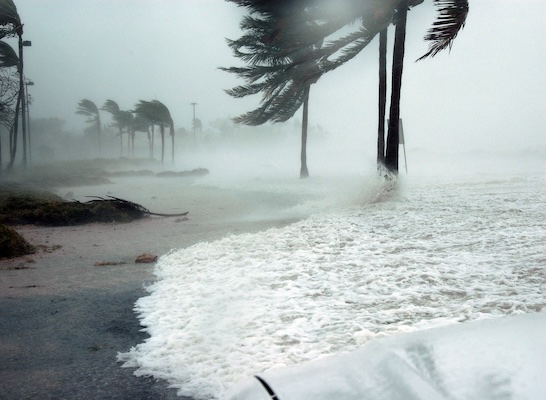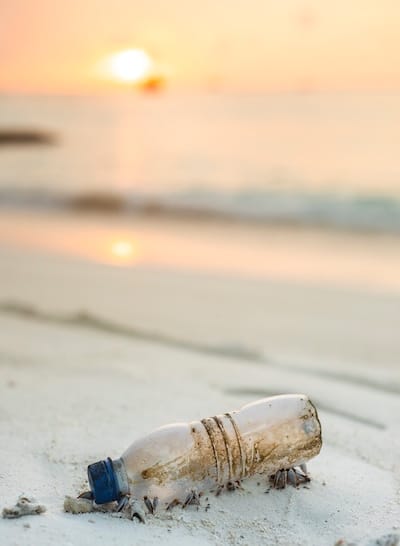Sometimes, making life better is as simple as giving a lollipop to a tiger or taking the time to look and listen for the frogs that make parts of Florida their home. These are two of our featured stories from July - alongside some encouraging tales of the human intervention and scientific ingenuity that’s protecting the impressive conch.
Outside the animal kingdom we draw your attention to projects designed to protect and enhance various aspects of life in Florida. These include an impressive attempt to restore a beach impacted by hurricanes while also making it more likely to survive the next storm, a large-scale net-positive initiative to harness solar power - and a challenge to us all to get by without using single-use plastics. We also highlight a tree native to India that’s now thriving in Florida and the creation of a new educational hub pointing the way to a more environmentally thoughtful and positive future.














